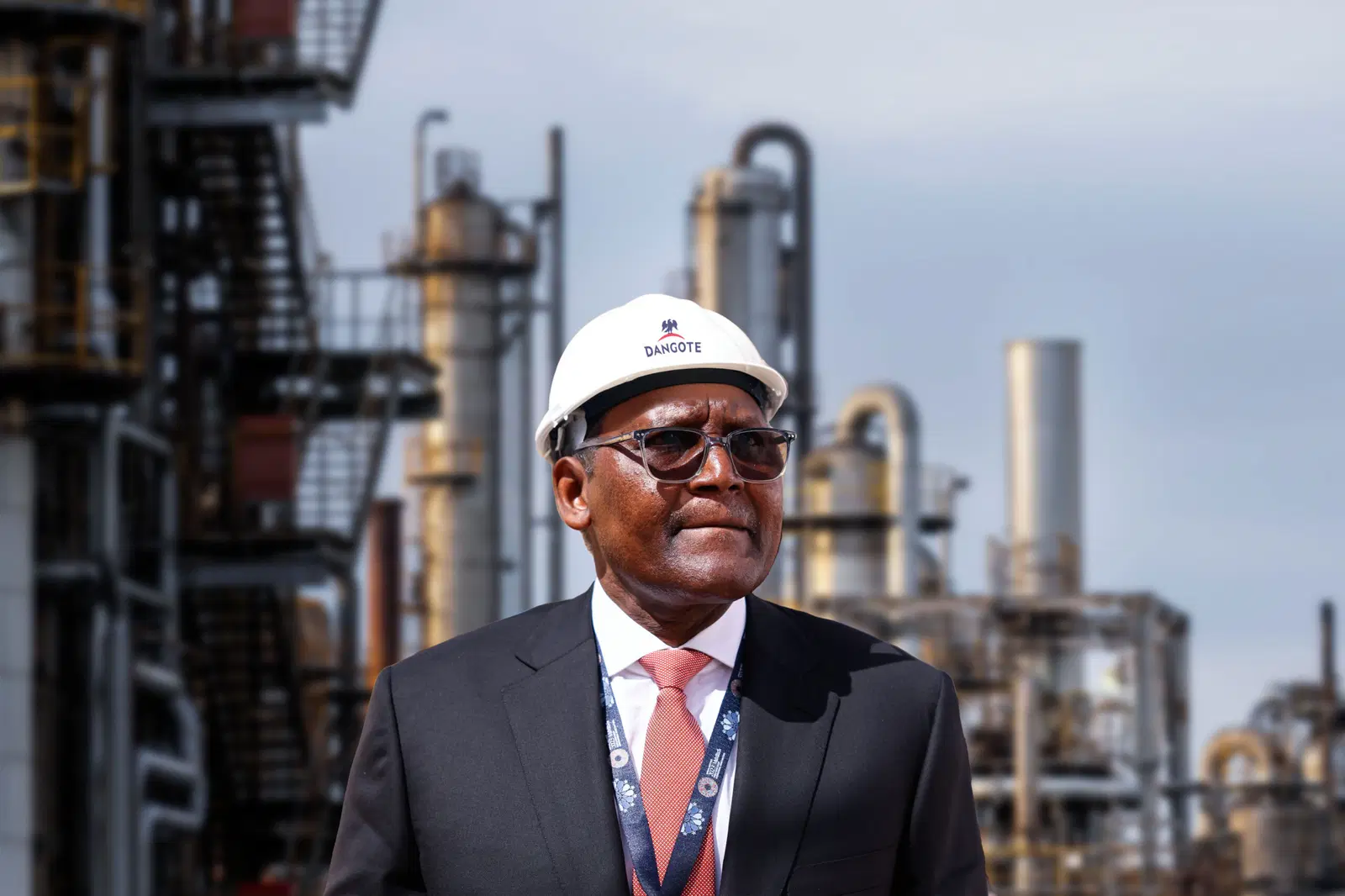Zambia International Mining & Energy Conference & Exhibition, which has been for the last decade, Zambia’s leading mining and energy meeting will celebrate its 10th anniversary with a virtual edition, taking place from 26-27 May 2021. The organisers of ZIMEC 2021, notably the Ministry of Mines and Minerals Development, Ministry of Energy, Chamber of Mines, Zambia in partnership with AME Trade Ltd, have decided for the safety of our participants to organise this year’s edition online.
ZIMEC 2021, will feature a virtual exhibition, a networking application allowing for participants to contact each other directly and private meeting rooms.
The main theme of ZIMEC 2021 will be “Dialogue and partnerships – unlocking investment, recovery and growth.” This pertinent theme will examine the challenges of the relationship between the public and private sector, the financial recovery from the COVID-19 pandemic and how to secure investment in post pandemic mining and energy sectors. The conference sessions will focus on fiscal regimes, diversification of the mining sector, project finance, sustainability, environmental issues, the mining value chain, the downstream petroleum sector, innovation, and technology.
Despite the pandemic, it has been an excellent year for Zambia with regards to copper production. 882,061 tonnes of copper were produced in 2020, up 10.8% from 796,430 tonnes in 2019. The country’s goal is to generate more than 900,000 tonnes of copper in 2021, and soon to exceed 1 million tonnes per annum. The outlook for copper demand is optimistic due to the global trend of moving to electric cars and the amount of copper used to manufacture them. Zambia is respectively Africa’s 2nd and globally the 7th largest copper producer.
Cobalt production witnessed a decline from 367 tonnes (2019) to 287 tonnes (2020) this was due to operational issues and reduced cobalt mineralisation. Nickel production was a major success growing from 5,712 tonnes in 2020 from 2,500 tonnes in 2019. Manganese production rose from 15,904 tonnes in 2019 to 28,409 tonnes in 2020. Zambia’s emerald mine at Lufwanyama which has been closed for a year due to COVID-19 will resume activities in April 2021.
Zambia has significant solar energy potential, averaging about 2,000-3,000 hours of sunshine per year. There are significant opportunities for providers of solar energy technology to cooperate with the public, private sector, and NGO’s. National access to electricity is just 31%, demand for electricity is growing at a rate of 3% per annum. The country has an installed capacity of 2,800 Megawatts (MW), 85% of which is hydro based. New government legislation enacted in 2019, notably the Electricity Act and the Energy Regulation, mean there is scope for greater liberalisation of the energy market, facilitating independent power producers (IPPs) to play a more active role in the generation, transmission, and distribution of power in Zambia.
ZIMEC has welcomed more than 500 exhibitors and 5,000 delegates since its inception, the organisers of virtual edition, expect to return to the live event format in May 2022, in Kitwe.







